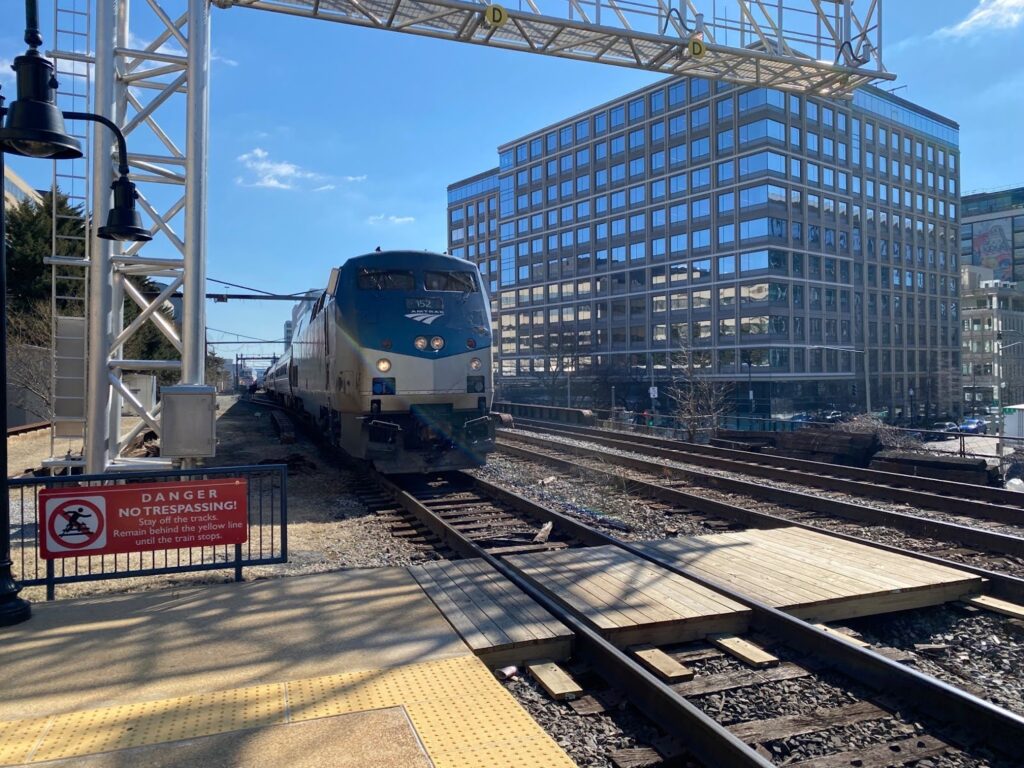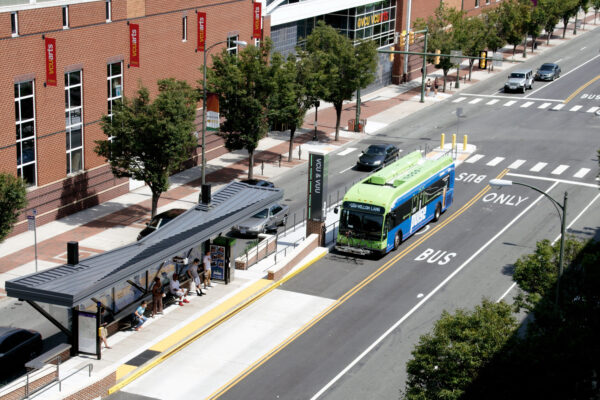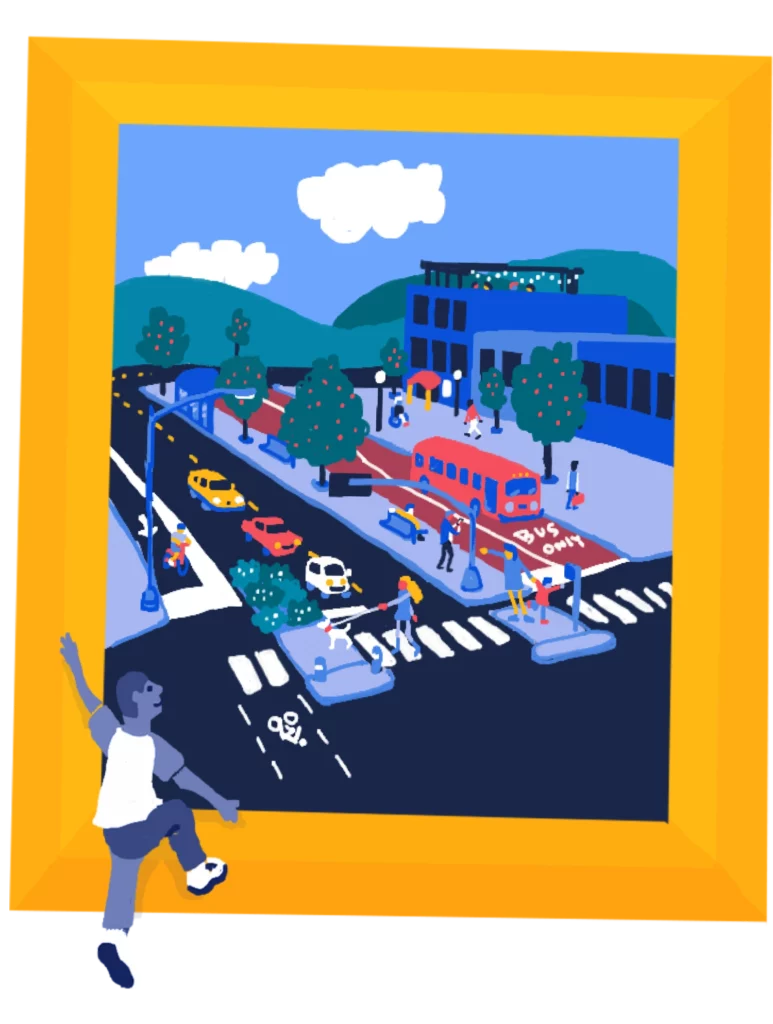
Invest in the rest
For 60 years we’ve invested hundreds of billions of dollars in highways. Now it’s time to invest in the rest to create a complete transportation network so more Americans can safely travel by foot, bike, bus, or train.
Our transportation decisions determine much more than where roads or bridges or tunnels or rail lines will be built. They determine the connections and barriers that people will encounter in their daily lives, and thus how hard or easy it will be for people to get where they need and want to go. – Former Rep. Elijah Cummings

The diminishing returns of new lanes and highways
Connecting two places for the first time with a brand new road is costly, but it can create enormous value. That’s not the case for adding new lanes on existing roads, which come at enormous expense but bring marginal, diminishing returns, and fail to reduce congestion or improve quality of life.

Reaping the results of this limited strategy
The number of people struck and killed while walking reached a 40-year high in 2024. Congestion and traffic have grown, even in places adding new roads and lanes faster than the population has grown. We’re driving farther each year to accomplish less. The transportation sector is responsible for the most pollution, with CO2 emissions rising 22 percent from 1990 to 2017.

Let’s invest in the rest
Let’s stop distorting the market with hefty taxpayer subsidies for money-losing roads that voters don’t want and we can’t afford to maintain. Everyone deserves the freedom of more safe, affordable, efficient transportation options for getting around—no matter how they choose to travel. It’s time to invest in everything else that’s been neglected for decades.
Four ways our leaders can invest in the restThe need to invest in the rest
The share of greenhouse gas emissions from transportation that come from the daily use of cars and trucks.
The share of respondents who said states should fund more options, like trains, buses, bike lanes, and sidewalks.
The amount congestion increased in the largest 100 urbanized areas from 1993 to 2017, far outpacing population growth.
The share of Americans who live within walking distance of reliable transit.

Our proposals for transportation reauthorization
How can policymakers turn this principle into concrete policies in the next five-year federal transportation law? Read our expanded set of policy proposals for Congress.






